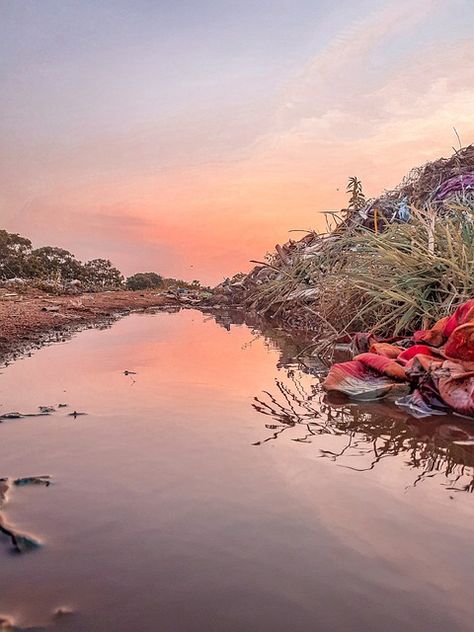
India - A land of Diversity

- page 58 - for Facts
- page 60 - for History
- page 62/63 - for What People Like about India
- all three of them - for India is Famous for
New Delhi, Bangladesh, Pakistan, Verlauf des Ganges, Nepal, Mumbai, Chennai
India Fact Sheet
FACTS
size:
capital:
largest city:
poupulation:
languages:
currency:
HISTORY
Use the following timemarks:
5000 years ago - From the 4th to the 6th century - In the 16th century - From the 1750s - On 15th August 1947
WHAT PEOPLE LIKE ABOUT INDIA
INDIA IS FAMOUS FOR:
Environmental Challenges in India
A
India is currently facing several serious environmental challenges that threaten both its people and wildlife. In major cities like Delhi and Mumbai, air pollution has become a critical issue. A toxic mixture of exhaust fumes from vehicles, industrial emissions, and smoke from burning crop waste creates a dangerous haze that hangs over these cities for much of the year. This pollution has serious consequences for public health, forcing many residents to wear masks and stay indoors on particularly bad days.

B
Water pollution represents another significant problem, especially in India's rivers. The Ganges River, which millions of people rely on daily, suffers from severe contamination. Factories release untreated chemicals into the water, while cities discharge raw sewage directly into the river. This pollution not only threatens human health but also damages the delicate ecosystems that depend on these waterways.

C
Deforestation is rapidly changing India's landscape. As the population grows and cities expand, more forests are being cleared for development. This loss of habitat has put many species at risk, including iconic animals like Bengal tigers and Asian elephants. These creatures need large, connected forest areas to survive, but their habitats are becoming increasingly fragmented.
D
The effects of climate change are making these environmental problems even more challenging. Unusual weather patterns have led to more frequent droughts and floods. Farmers struggle with unpredictable rainfall, while cities face water shortages and extreme heat waves during summer months.
E
Although the government has introduced various environmental protection measures, such as promoting renewable energy and launching tree-planting campaigns, progress has been slow. Balancing economic growth with environmental protection remains a significant challenge for India's future.
Schreibe die Buchstaben der Paragraphen neben die Überschrift
Disappearing Forests and Wildlife
The Crisis of India's Rivers
The Impact of Climate Change
A Growing Crisis in the Cities
Finding Solutions
- How does climate change affect farmers in India?
- What makes the Ganges River pollution particularly problematic?
- Explain the connection between deforestation and wildlife problems.


